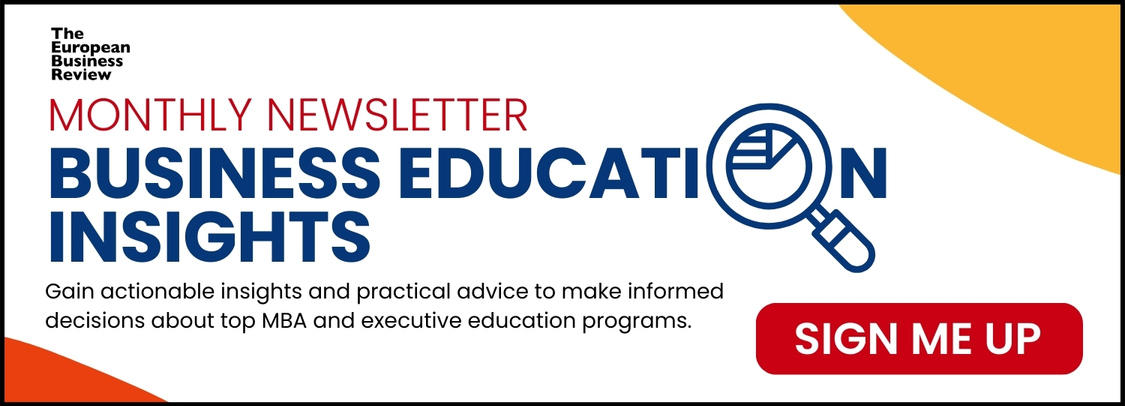
Studies reveal that Brits are experiencing some of the most significant surges in eye problems across Europe. To date, up to 1 in 3 adults have reported noticing vision issues since 2020. Additionally, while two million people already live with sight loss today, this number is expected to jump to 2.7 million in just five years. A big reason for these worrying developments is the inconvenient and exclusionary nature of the ocular healthcare landscape in the UK.
According to a recent report by the Association of Optometrists (AOP), specialist shortages and a rising cost of living are making it harder for most people to maintain their optical health. Consequently, 63% of respondents said that they had put off seeking medical advice, leading to millions of people being forced to live with poor vision.
In light of this, and the fact that similar issues are cropping around the world, many eye care brands have stepped up to make their services more meaningful and convenient. Read on to find out more:
Accessible eye tests
As per the College of Optometrists, up to 1 in 5 Brits have postponed or cancelled an eye test due to cost concerns. In line with this, around 21% said they’ve not had such a test in five years or more. This is detrimental given that these tests are often the only way to detect most refractive errors and eye conditions that can easily progress if left unaddressed. Thankfully, eye tests are now more accessible via trusted chain retailers that even allow online bookings.
These retailers include popular high street opticians, Boots and Vision Express, which both even offer a free eye test to eligible customers. Funded by the NHS, these tests can be availed without making any prior purchase so long as the interested customers have eye conditions, are low-income, or are currently students. Alternatively, these retailers also offer paid eye exams at prices still lower than traditional clinics. During the promotional season, fees can be slashed even lower. Since these tests are able to gauge the state of a person’s ocular wellbeing accurately, they can help encourage early diagnosis and better vision management while also reducing the risk of disease progression.
Affordable eyewear models
In the same AOP study mentioned above, many respondents admitted that budget constraints prevented them from wearing the right ocular medical devices. Specifically, 36% said that they still wore outdated prescriptions, while 31% even said they borrowed eyewear from their loved ones to avoid having to buy their own. Unfortunately, this approach is usually ineffective and may even do more harm than good. This is because every prescription is highly nuanced, and forcing incorrect prescriptions can actually put more optical strain.
With this in mind, some eyewear makers have decided to offer products at lower costs. For example, the Warby Parker eyewear company is known for having a clear humanitarian brand mission. With this leading their purpose, they offer designer eyewear at much lower prices by cutting out middlemen and selling directly to clients.
As a result of this, customers are able to shop for glasses that actually suit their needs and preferences without compromising their finances. While they don’t currently ship straight to the UK, the company does say their products can be forwarded from the US and Canada. Such options make seeing clearly and feeling more confident a reality for more people.
Relevant educational guides
There is also a startling lack of awareness regarding ocular health across the UK. For instance, one survey revealed that 62% of adult respondents said they’d delayed getting help because they feared they’d need to undergo vision surgery. This is regardless of whether they even know that their condition needs it. After all, only 7% of respondents said they were familiar enough with different ocular concerns. This lack of understanding means that more people are vulnerable to vision problems because they don’t know what symptoms to watch out for.
To remedy this, eye care entities have taken it upon themselves to create and share digestible educational guides. For instance, Ace & Tate has several easy-to-understand resources on their website. These include posts that can help readers understand their prescriptions, learn how to measure their pupillary distance, and more. With this critical information more readily available, it can help customers better appreciate the importance of eye care while also ensuring that they know how to navigate the landscape.




































